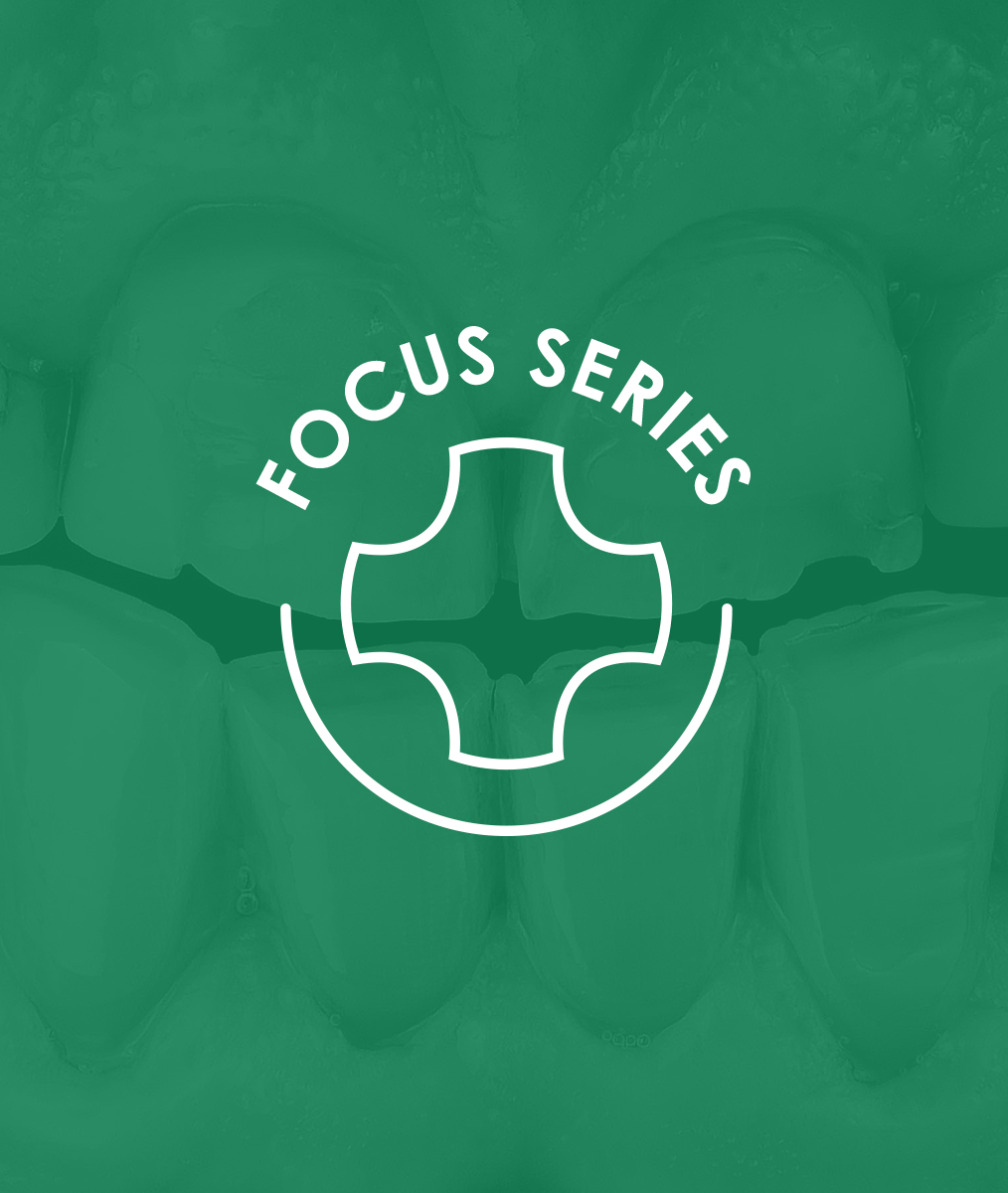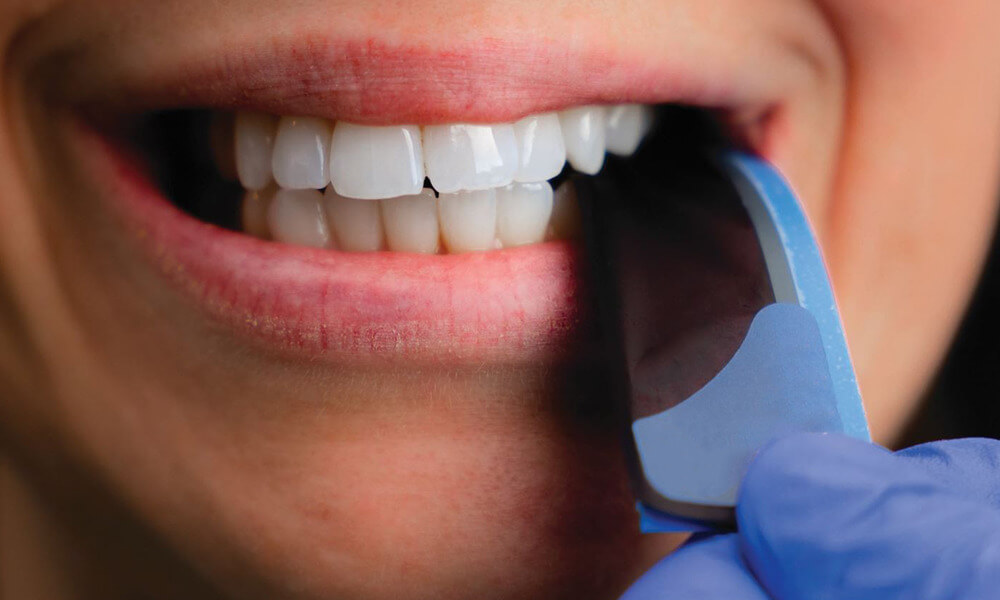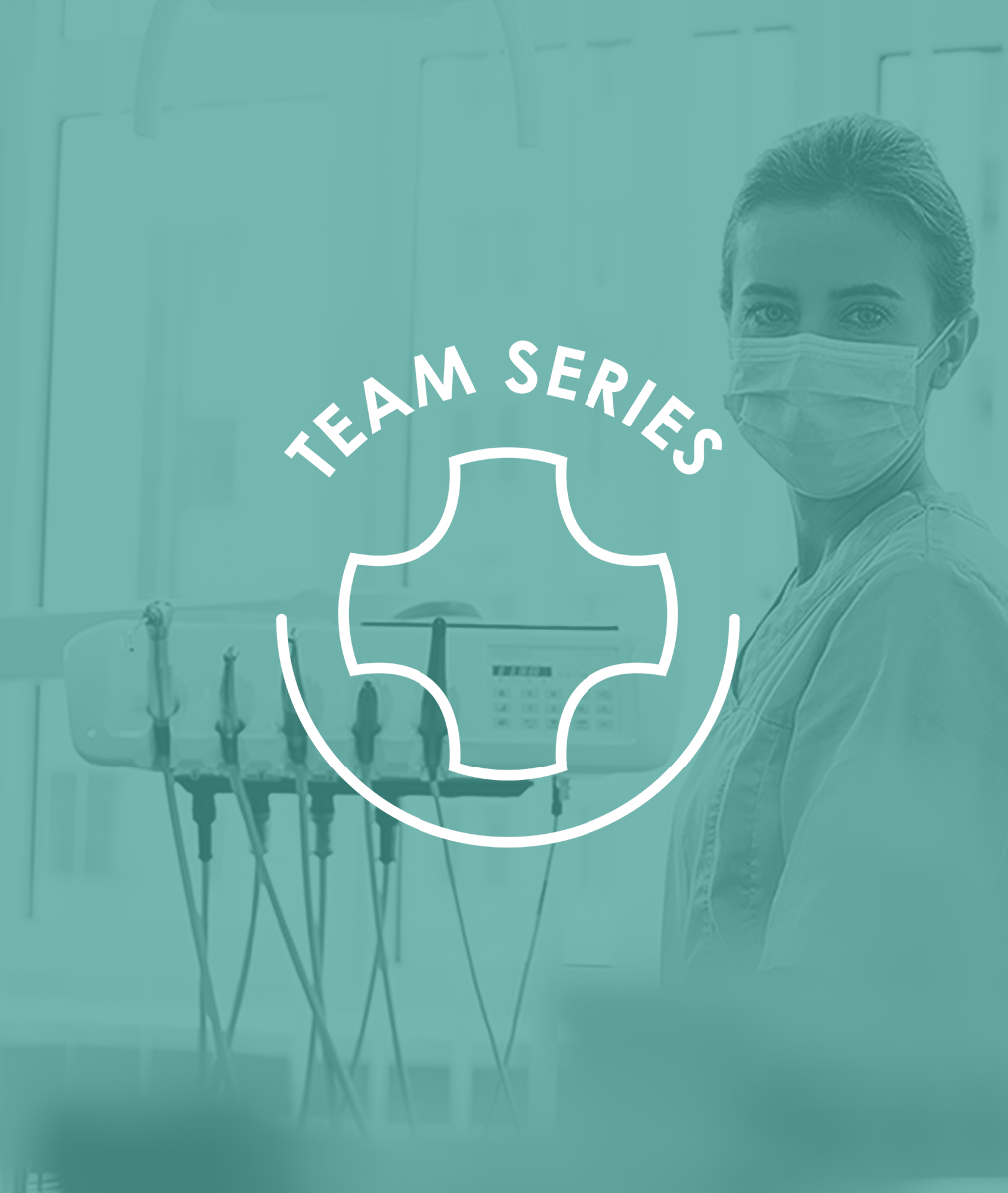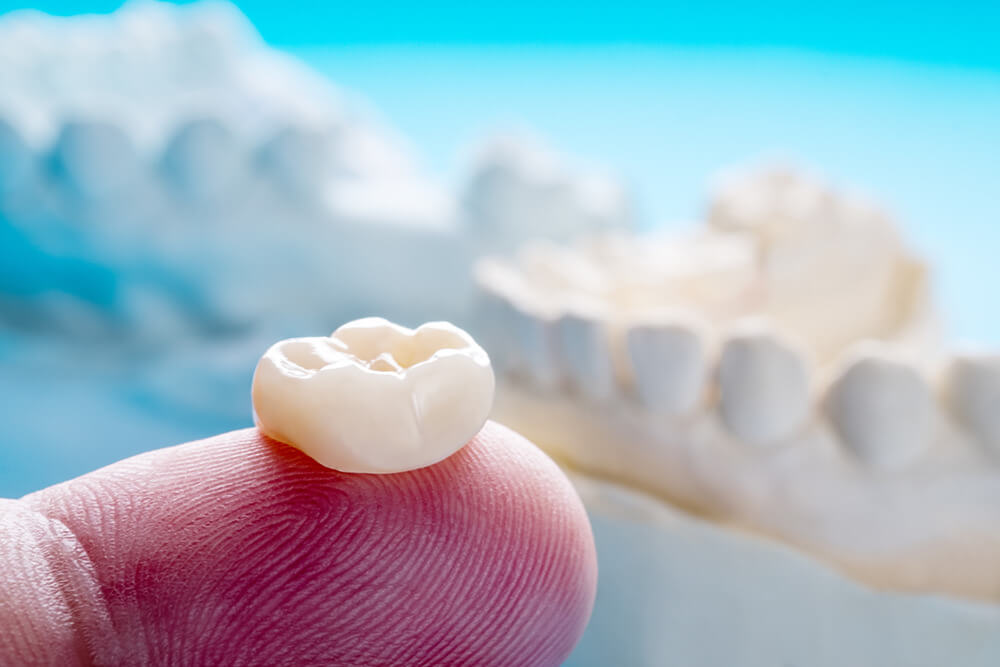Why I Focus on Health-Centered Patients
More dental leaders are blogging on the subject of leading dental patients to improved health by learning what is important to them. Often, the next words we read are “We need to meet patients where they are.” What exactly does that mean???
To me, this doesn’t mean we meet expectations of low cost, faster care, with immediate results. This doesn’t mean we make promises that all their dental needs are met for the next six to twelve months. It doesn’t me the therapy we provide will solve an incipient or chronic problem for life. It doesn’t mean their insurance coverage dictates the value of the care we deliver. It doesn’t mean we are going to open our office after hours or on the weekend because that’s what someone wants. It doesn’t mean we guarantee a crown or veneers will last and never need to be replaced.
To me, this means understanding the individual patient, not patients (plural) as a population with trending, new expectations in 2022. It means focusing on the things each person thinks are important and relevant to their lives…where their priorities lie. Then, we can attempt to strategically tie what they value to their dental health to help them make a connection to a preferred future self. Most people, it seems, are unable to make these connections on their own.
Two Big Questions We Ask Ourselves
What do our oral health findings–ideally uncovered during a co-discovery exam, mean to a particular person? If our findings don’t have meaning to the patient, how can we possibly motivate the patient to take action? All of us struggle with these types of questions because we can’t force our values, our philosophy of oral health on others.
We can, however, create opportunities to reveal a pre-existing, unrealized value of health the patient has. If we find the patient is not health-centered, we can triage that person appropriately so we spend most of our time with patients who are health-centered.
“Revealing” Unrecognized Value Takes Time
Early in my career, I thought I could educate my patients to see the value of oral health the way I saw it. I found I was often knocking my head against the wall. Some people just didn’t value it. They wanted help when they were in pain, but preventing dental deterioration wasn’t something they felt needed immediate action. Moving forward with treatment was not on their personal agenda.
Gradually, as I read Bob Barkley, L.D. Pankey, Nate Kohn, Jr., and others, I realized they had gone through a discovery process of their own. The first task was to get to know the patient and understand the patient’s value for health and the patient’s oral health objectives. It was also to try to discover if their oral health circumstances were important to them so I could help them envision their preferred health future. But that takes time—time with each patient.
If your practice is primarily insurance dependent, you are underpaid most of the time. How do you compensate for this problem? You find ways to work faster. You find ways to see more people in a day. You delegate more. You look for a way to cut your lab technician’s salary out of your life. You buy in bulk and wake up in the middle of the night wondering why you got into dentistry in the first place.
It doesn’t have to be that way!
Many years ago, when I began spending time with new patients to learn if they are health-centered, I was able to better manage my time with them. If they valued health…if I could connect them with their dental needs on a deeper level, then spending even more time with them was well worth it.
Those who value health are the patients we can easily help understand why we take our comprehensive approach to restoring and maintaining optimal oral health.
You can be more productive per hour than you can imagine, IF you take the time to connect with patients on a deeper level and you strategically find ways to spend most of your time with people who care about their health in the first place.
L.D. Pankey wisely said, “People change, but not very much.” And that’s a critically important life lesson, one that took me years to accept because I thought my philosophy would psychologically trump theirs, and I would therefore win the day. I was wrong – very wrong.
Related Course
Worn Dentition: Direct & Indirect Adhesive Management Through a Non-Invasive Approach
DATE: November 1 2024 @ 8:00 am - November 2 2024 @ 2:30 pmLocation: The Pankey Institute
CE HOURS: 15
Dentist Tuition: $ 2495
Single Occupancy with Ensuite Private Bath (per night): $ 290
Enhance Restorative Outcomes The main goal of this course is to provide, indications and protocols to diagnose and treat severe worn dentition through a new no prep approach increasing the…
Learn More>












